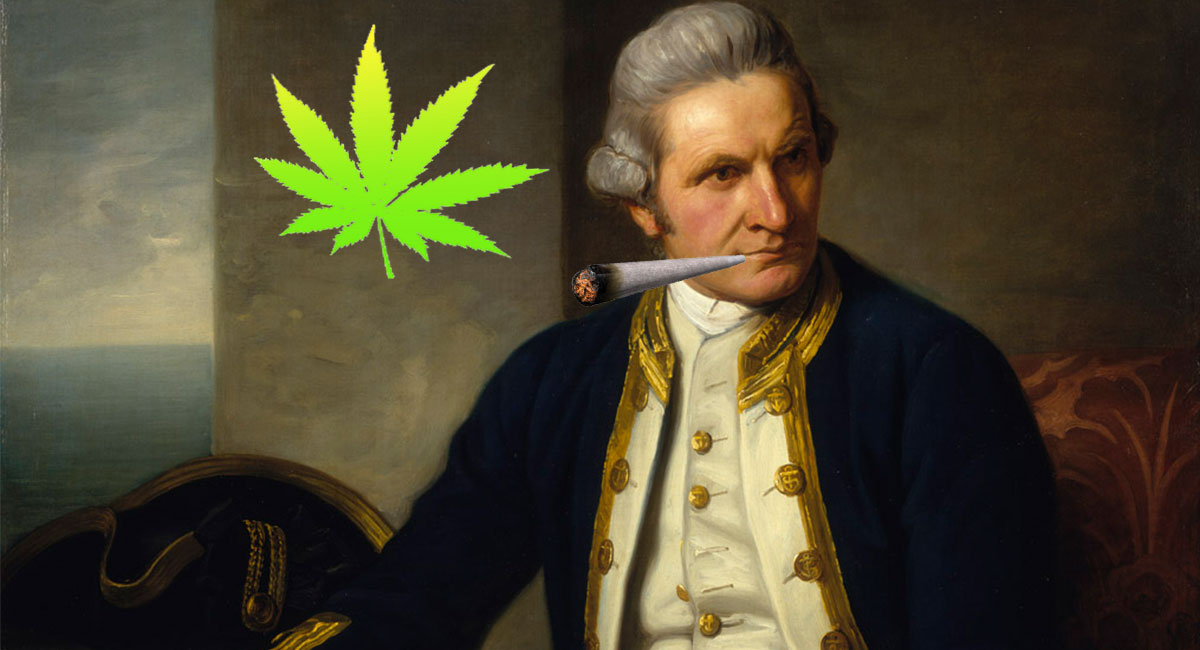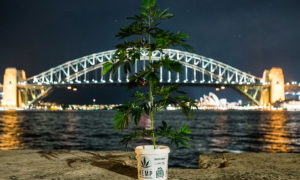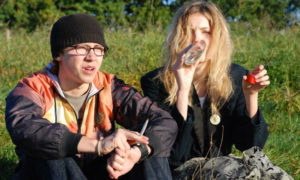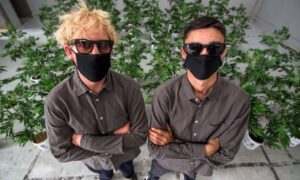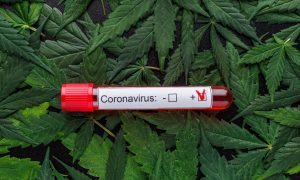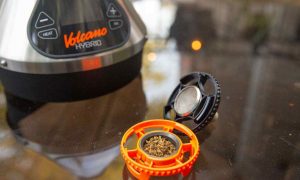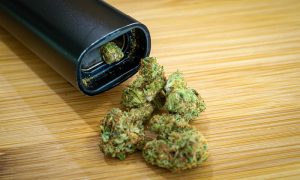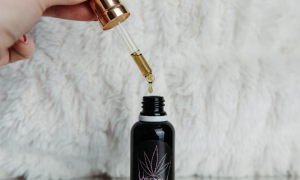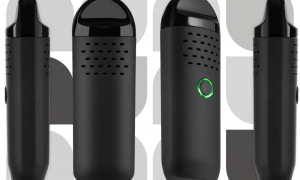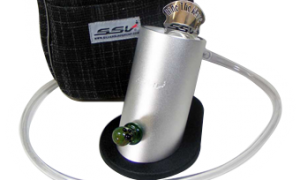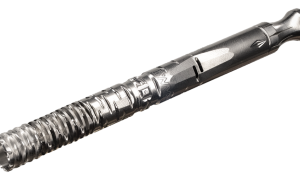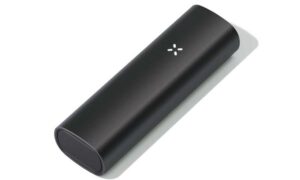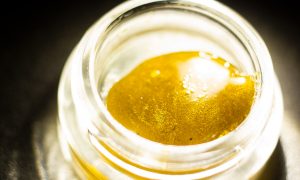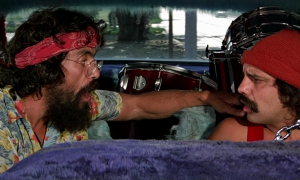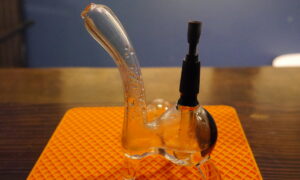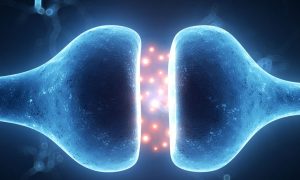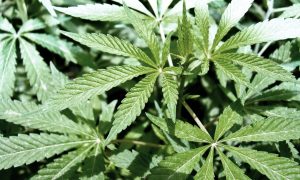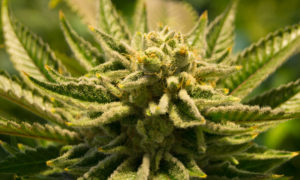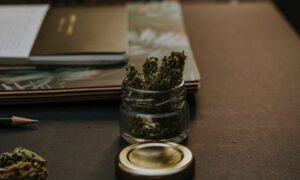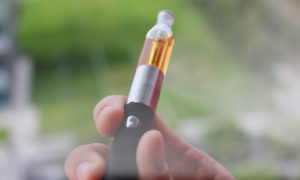Weed has been around for yonks. According to current estimates, the relationship we as a species have with this plant goes back about 3,500 years. But its debut in the lungs and minds of Europeans is much more recent than that – more in the ballpark of 300 years.
The dude who originally discovered and catalogued the plant species Cannabis Sativa was a Swedish fellow called Carl Linnaeus. Now, Carl Linnaeus was a first-order weirdo who believed that God put him on earth to describe and catalogue nature in all its various forms. Among the many forms of nature that he catalogued was Cannabis Sativa, which grew in select parts of Europe.
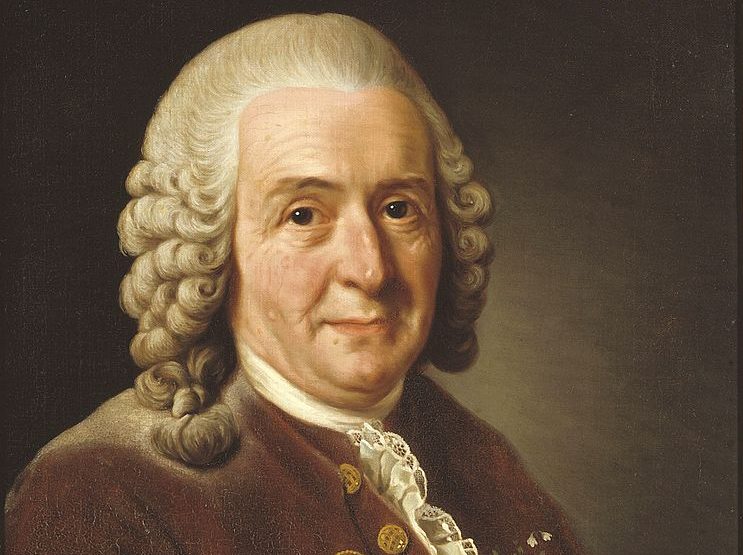
Carl Linnaeus by artist Alexander Roslin
Linnaeus wasn’t all that into the effects of weed (he was more about cataloguing), though he did later write notes on the mind-altering effects of many of the plants he catalogued. Although weed grew in certain European climates, it was mainly low-THC hemp that the Europeans cultivated for use in textile production. Smoking weed wasn’t really a thing for them.
Meanwhile, the Turks and other Middle Eastern civilisations already had a taste for the heady, hazy and euphoric effects of smoking cannabis. Hashish was widespread in these cultures, forming the bedrock of their social intoxicants. Where the European world had alcohol, the Arabic world had hash.
MORE: Cannabis and Islam – Is hooch ‘haram’?
The European responsible for bringing hashish back to the intellectual circles of Europe was a French guy by the name of Jacque-Joseph Moreau. Moreau was a psychiatrist in Paris who was especially interested in monomania and hallucinations. In 1836 he went abroad to Egypt for three years with the purpose of investigating the relatively low instances of insanity in the Arab world compared to Europe. The most marked difference he observed was this widespread use of cannabis in the place of alcohol.
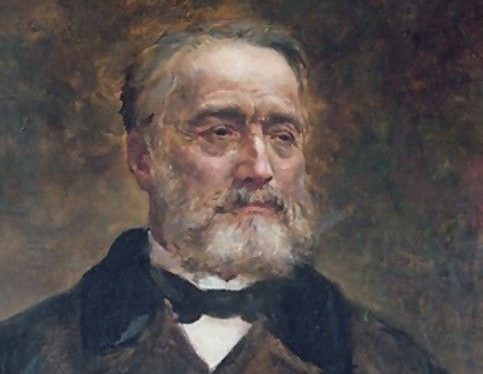
Jacques-Joseph Moreau by his son artist Georges Moreau
But his discoveries didn’t stop there. Moreau returned to Paris with some of these local delights and was fascinated by the effects of hashish, which for him held great potentials for psychiatry. For Moreau, smoking hashish allowed him to enter altered states of hallucination and partial or “safe” insanity, which in turn gave him greater insights into the minds of his patients and the nature of various hallucinations. In other words, a facsimile of the experiences of his patients was now available to him firsthand.
As with all new experimental substances, hashish trickled rapidly from the world of psychiatry and medicine into the dreamy midst of the intellectual and artistic circles. This was a large part the result of Moreau and another doctor, Louis Aubert-Roche. The two young doctors were part of a literary circle known as the Club Des Haschischins – a group of artists, poets and intellectuals that met in a decked-out oriental-style room in a Parisian Hotel.
Before dinner, members of the club were served a big spoonful of oral hashish, which plunged them into several hours of hazy delirium and temporal displacement more akin to a shroom trip than a few cheeky bongs. The club soon became infamous, and more experimenters came to experience the lavish delights of the Club Des Haschischins. Lo and behold the wonders and horrors of cannabis trickled out into the larger society, taking its place alongside morphine as a medicine for the pressures of modern life.

